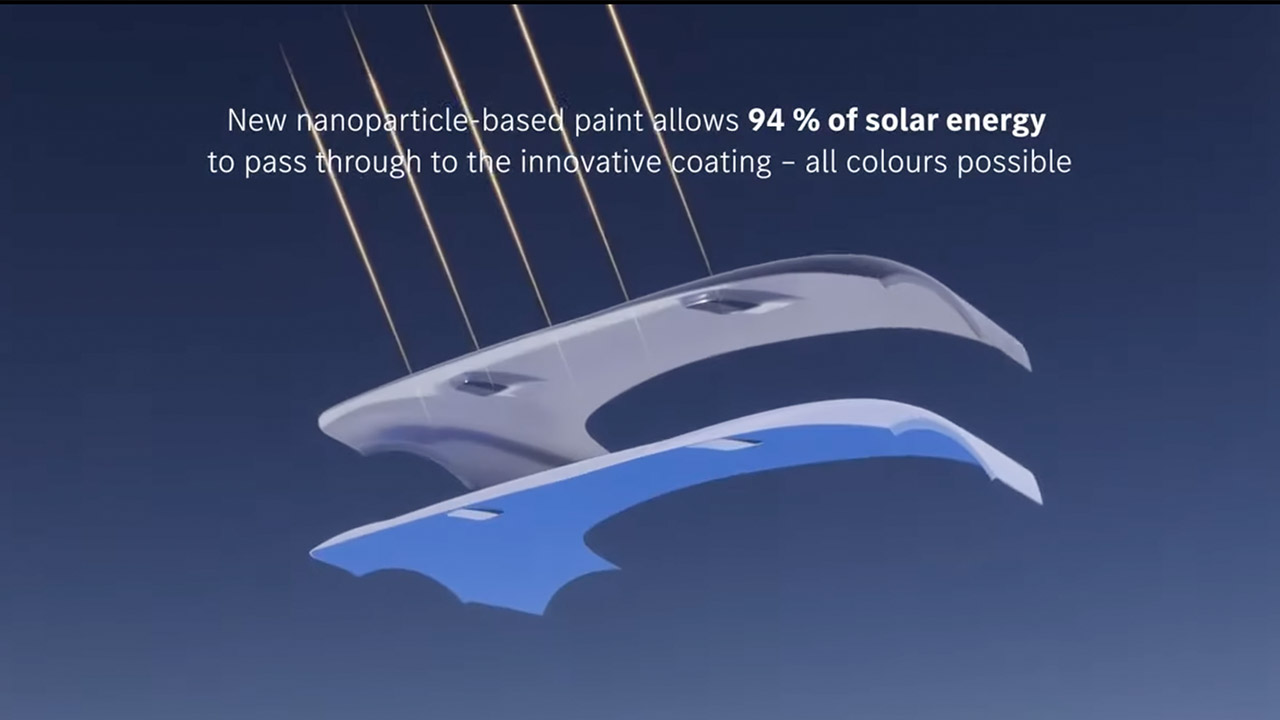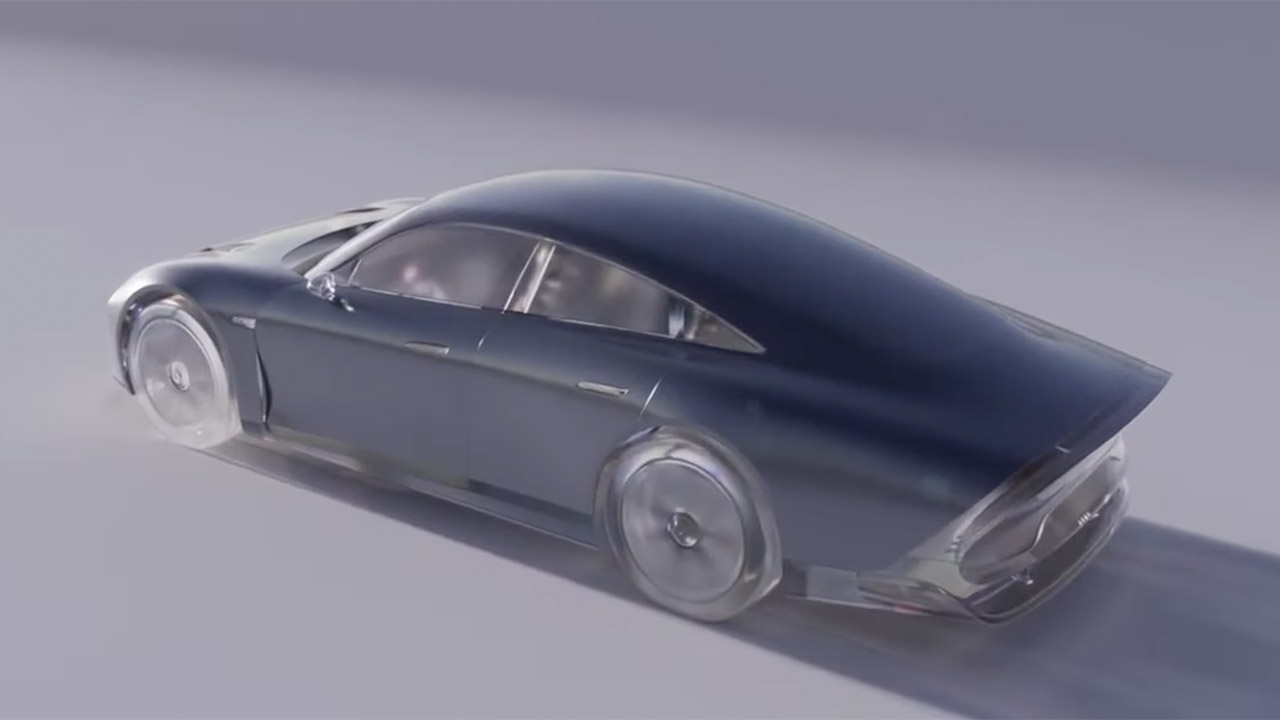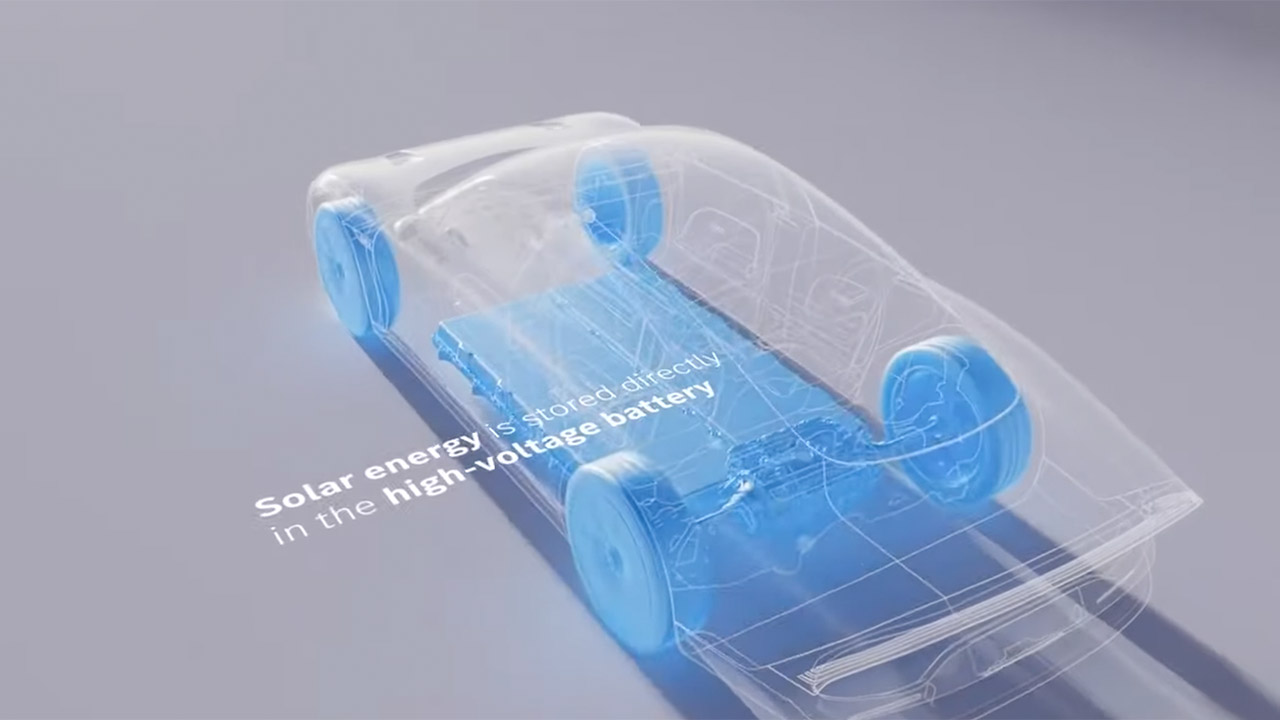
Mercedes-Benz is currently developing a photovoltaic coating, described as a “solar paint,” that can be applied to a vehicle’s exterior like a thin layer of paste. This isn’t your typical paint—it’s packed with solar modules that capture sunlight and convert it into electricity to power an EV.
The coating is super thin, just 5 micrometers (thinner than a human hair), and weighs only 50 grams per square meter, so it’s light and doesn’t get in the way. It’s made to cover a vehicle’s entire body, giving a big area for making energy—about 11 square meters (118 square feet) for a mid-size SUV, compared to the 32 square feet of a regular rooftop solar panel.
- MERCEDES-AMG PETRONAS F1 TEAM BUILDING SET – LEGO Speed Champions Mercedes-AMG PETRONAS F1 Team Race Car vehicle building set for boys and girls...
- DRIVER MINIFIGURE – This car playset includes a driver minifigure wearing a Mercedes-AMG PETRONAS F1 Team outfit and a winged helmet for kids to...
- AUTHENTIC DETAILS – The F1 race car features design details from the real-life 2024 version, including sponsor stickers and wider rear tires...

How does it work? The solar paint has photovoltaic cells with a 20% efficiency rate, working as well as many standard solar panels. These cells make electricity whenever the vehicle is in sunlight, whether it’s moving or parked. The energy can either power the vehicle right away or be saved in the high-voltage battery.

A special nanoparticle protective layer lets 94% of solar energy through while keeping a wide range of color choices, so the car still looks stylish in any shade (though darker colors soak up more light and work better). Mercedes says that in perfect conditions, the solar paint could produce enough energy to drive an electric vehicle far each year, like up to 12,427 miles in Los Angeles.

But these numbers depend on ideal sunlight, so real results would change based on weather, shade, or where you live. For example, cloudier places or parking in garages a lot would lower the energy made.
[Source]










